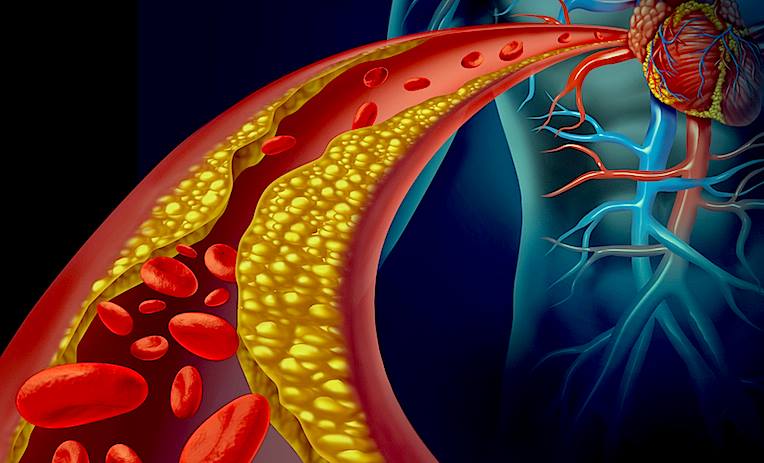 Doctors have long known that in the months after a heart attack or stroke, patients are more likely to have another attack or stroke. Now, a paper in the Journal of the American College of Cardiology explains what happens inside blood vessels to increase risk – and suggests a new way to treat it.
Doctors have long known that in the months after a heart attack or stroke, patients are more likely to have another attack or stroke. Now, a paper in the Journal of the American College of Cardiology explains what happens inside blood vessels to increase risk – and suggests a new way to treat it.
Heart attacks in mice caused inflammatory cells and platelets to more easily stick to the inner lining of arteries throughout the body – and particularly where there was already plaque, according to the paper.
As a result, these sticky cells and platelets caused plaque to become unstable and contribute to blood clots that led to another heart attack or stroke.
But the study found treating mice that had experienced a heart attack or stroke with the powerful antioxidant apocynin cut plaque buildup in half and lowered inflammation to pre-attack levels. Apocynin, also known as acetovanillone, is a natural organic compound structurally related to vanillin. Isolated from a variety of plant sources, apocynin is being studied for its variety of pharmacological properties.
“Knowing that newer forms of antioxidants such as apocynin can lower the risk of a second heart attack or stroke gives us a new treatment to explore and could one day help reduce heart attacks and strokes,” said the paper’s corresponding author, Jonathan R. Lindner, M.D., a professor of cardiovascular medicine at the OHSU School of Medicine.
Lindner penned the research paper with colleagues from OHSU, Scripps Research Institute and Bloodworks NW.
The researchers discovered the sticky cells and platelets by using unique forms of ultrasound imaging they developed to view molecules on the lining of blood vessels.
This research could help explain why the recent Canakinumab Anti-inflammatory Thrombosis Outcomes Study, also known as the CANTOS clinical trial, found an anti-inflammatory drug already approved to treat juvenile arthritis also reduced the risk of a second heart attack in trial participants by 15 percent.
Lindner and his colleagues are further studying how the relative stickiness of remote arteries affects the risks for additional heart attacks and strokes and are also evaluating new therapies beyond antioxidants.
Source: Federico Moccetti, Eran Brown, Aris Xie, William Packwood, et.al. Myocardial Infarction Produces Sustained Proinflammatory Endothelial Activation in Remote Arteries. Journal of the American College of Cardiology, 2018; 72 (9): 1015 DOI: 10.1016/j.jacc.2018.06.044












[…] Source — healthifitnesstips.com […]
[…] Source […]
[…] Source — healthylbook.com […]